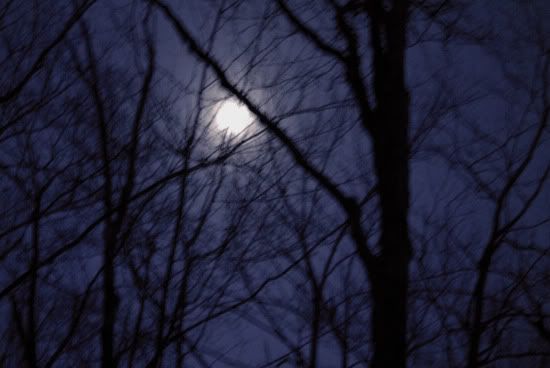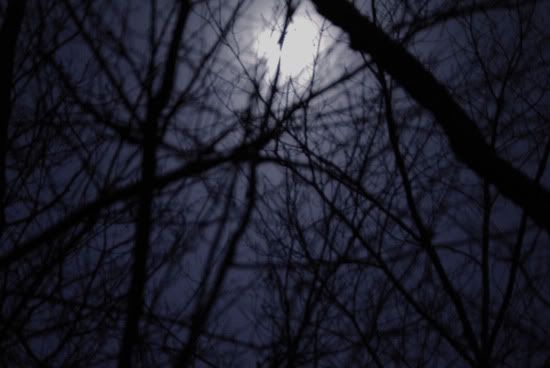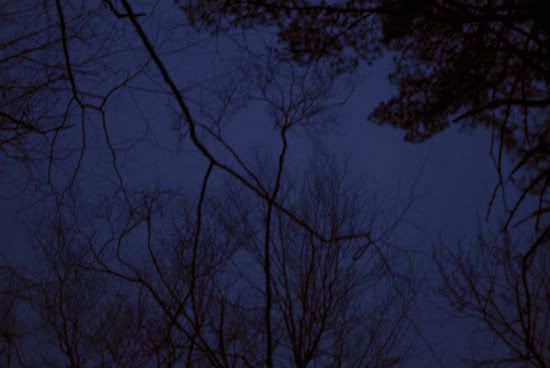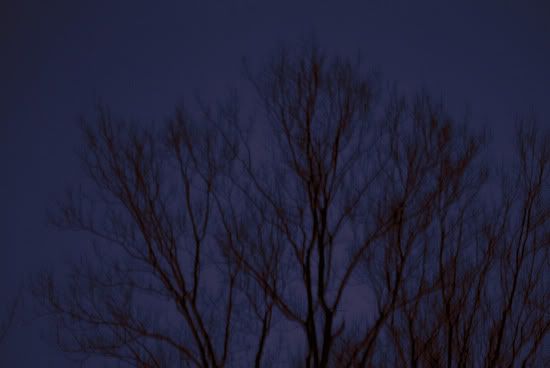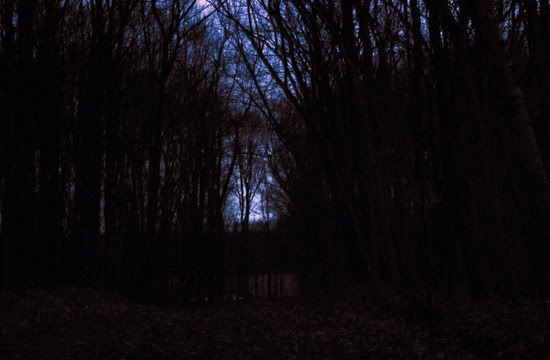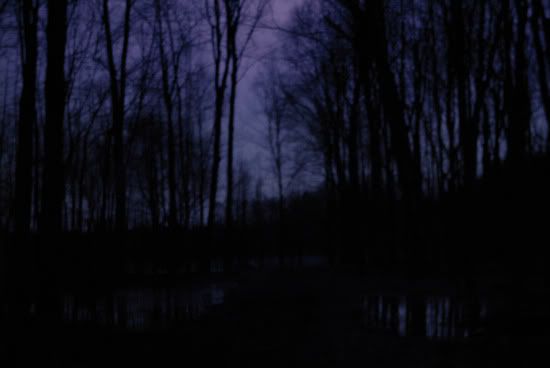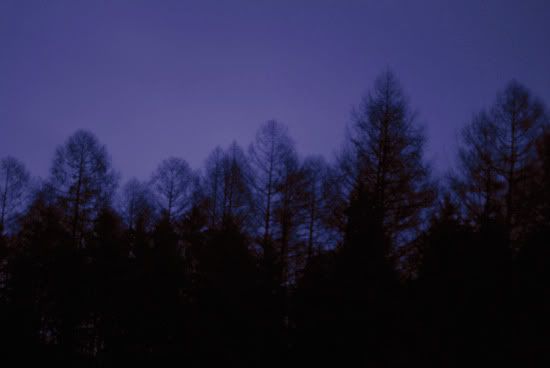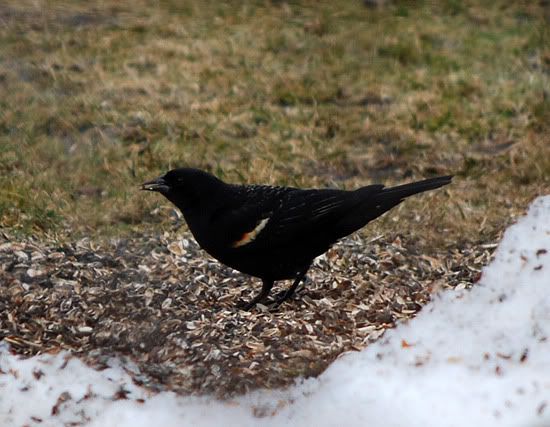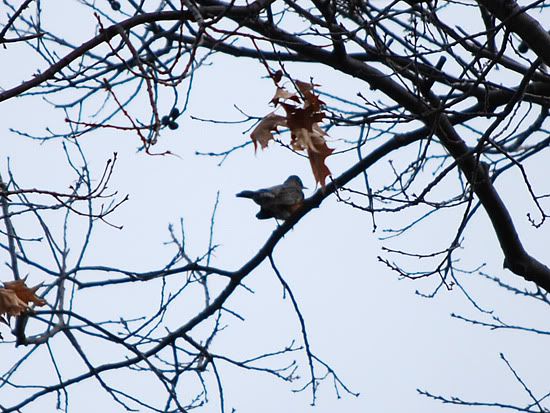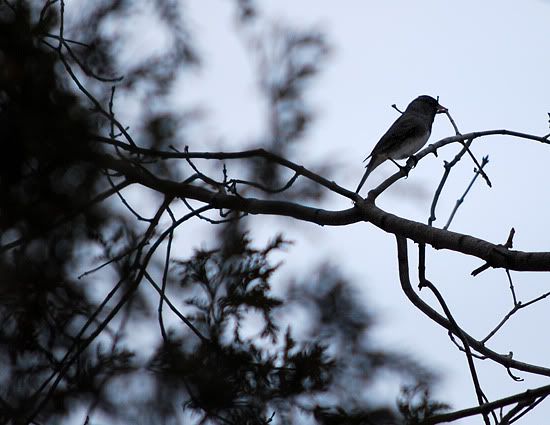Coffee.
Coffee grinder.
Coffee press.
Coffee.

If you will allow me to step up on my soapbox, I would like to draw your attention to this awesome coffee. It's called
Kicking Horse Coffee, and according to legend (or the back of the bag) James Hector discovered the Kicking Horse Valley in southern British Columbia in 1858. While crossing a river, a pack horse kicked Hector so hard his partners thought he died. As they began to bury him, Hector's eye suddenly twitched, and this miracle was attributed to the strong cup of Kicking Horse coffee they made him drink.
I don't know about all that, but this company has a lot of ideas that I admire. The coffee is roasted in Invermere, BC, so it's a bit of a nostalgic thing for me. But most of all, the coffee is fair trade, 100% organic, shade grown, sustainably harvested, and the company in involved in all sorts of local community initiative as well as ones in developing countries.
I first learned about the importance of shade grown coffee in an ornithology class I took last year. Most coffee plantations are a monoculture, meaning that the local vegetation is removed and only coffee plants are grown. This is because coffee trees are really short shrubs, and by removing tall trees the coffee bushes get more sunlight and grow faster. But cutting down those trees also means taking away a lot of habitat for birds and other animals. Shade grown coffee is produced in a natural forest setting, with a complex canopy that is friendly to wildlife. Of course, like organic products, there is a range of what shade-grown coffee really implies... from really wild plantations to someone sticking a palm tree in the middle of their coffee monoculture, so of course it is important to do some checking to see if you're happy with what your coffee roaster is telling you.
You can find out more about shade grown coffee at the
Coffee and Conservation site - both things I really love!
Soapbox off.
